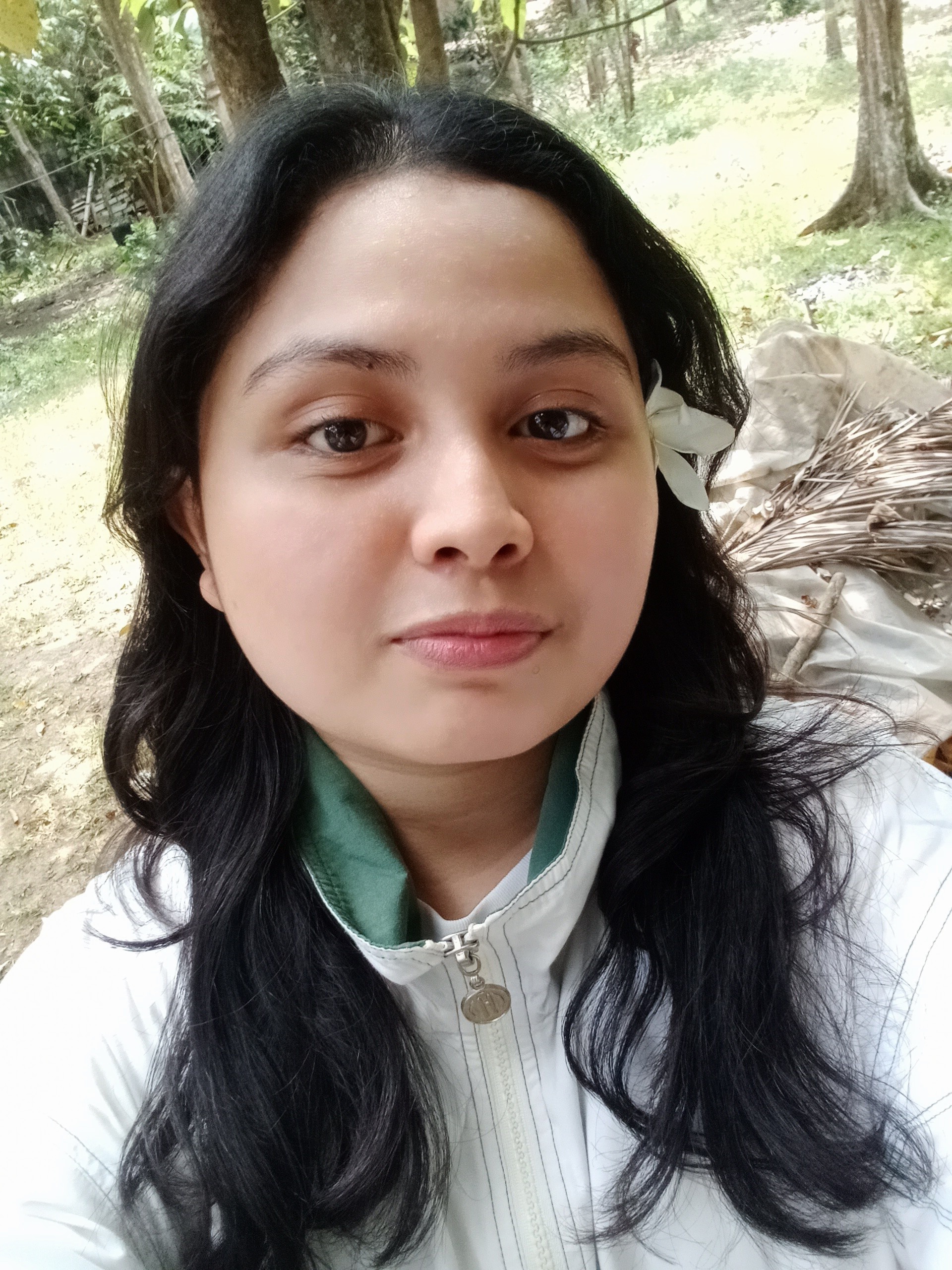BIOLOGY (Chemical Bsis of Life)
Cards (68)
- What is the smallest particle of matter that cannot be divided by chemical means?
- What are the components of an atom?
- Who was the first to conceptualize the atom?
- What does Democritus state about atoms?
- What forms when two or more atoms react with one another?
- What types of molecules can exist?
- What is chemical bonding?
- What is ionic bonding?
- What happens to an atom during ionic bonding?
- What is a cation?
- What is an anion?
- What does covalent bonding involve?
- What are organic compounds commonly associated with?
- What is hydrogen bonding?
- What is the significance of hydrogen bonds in water?
- What do inorganic molecules usually contain?
- What is the most abundant component of protoplasm?
- What is the composition of water?
- What percentage of living cells is made up of water?
- In what physical states does water exist in nature?
- What role does water play in the body?
- What is a hypertonic solution?
- What is a hypotonic solution?
- What is the process of melting?
- What is evaporation?
- What is condensation?
- What is freezing?
- What is deposition?
- What is sublimation?
- What is the role of gases in food oxidation?
- What are the two major gases involved in metabolism?
- What is the role of oxygen in cells?
- What is carbon dioxide in relation to metabolic activity?
- What does an acid do to hydrogen ion concentration?
- What does a base do to hydrogen ion concentration?
- What is the pH scale used for?
- What forms salts?
- What are the vital processes that salts are important for?
- What are organic molecules associated with?
- What do organic molecules provide to cells?
